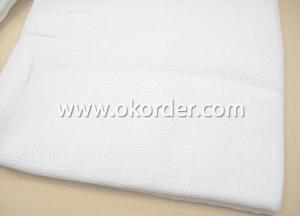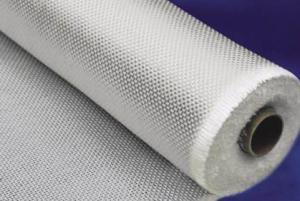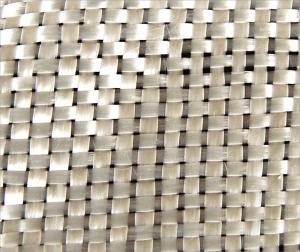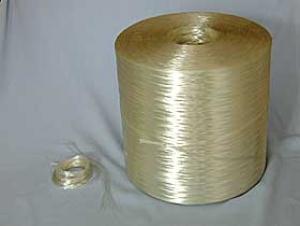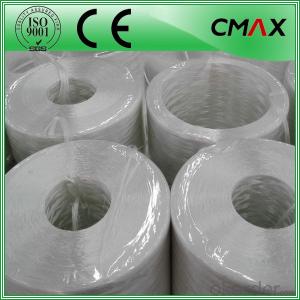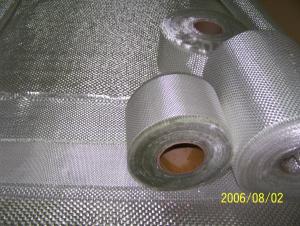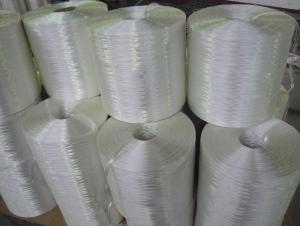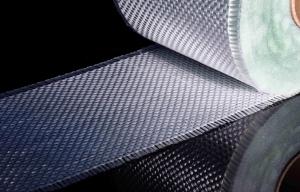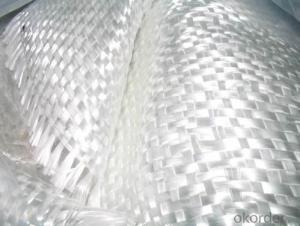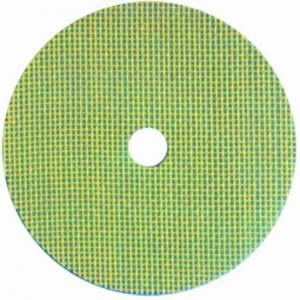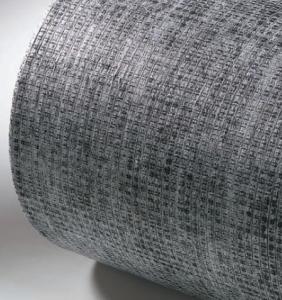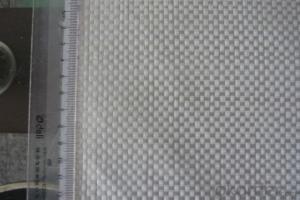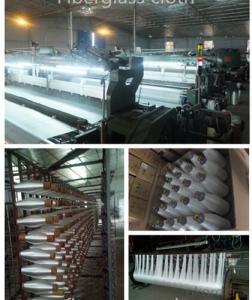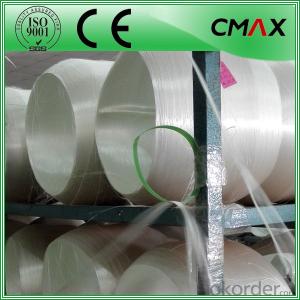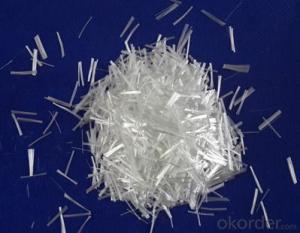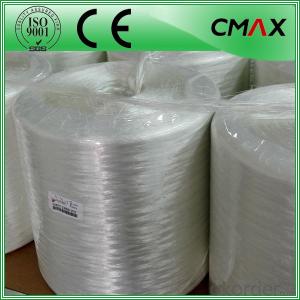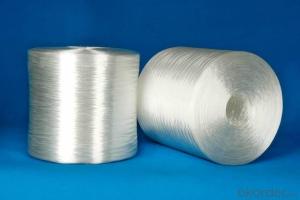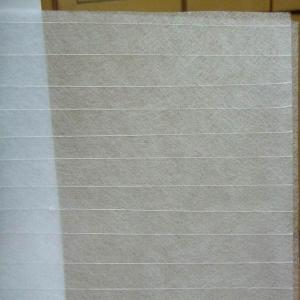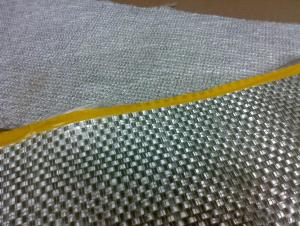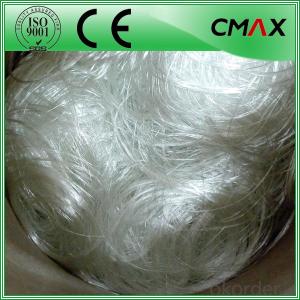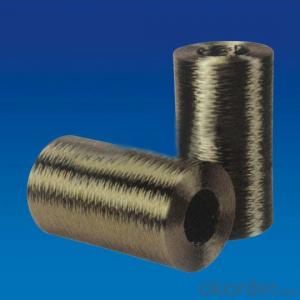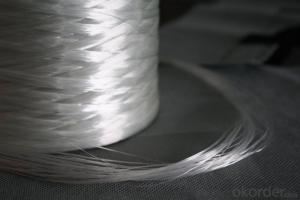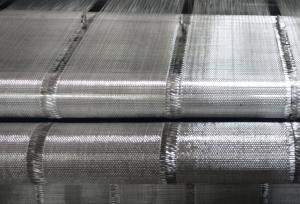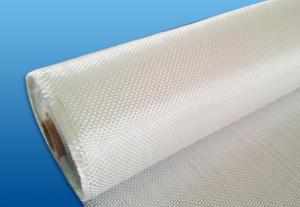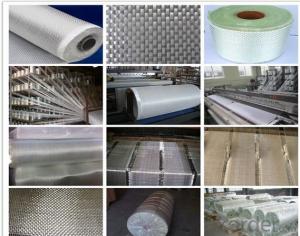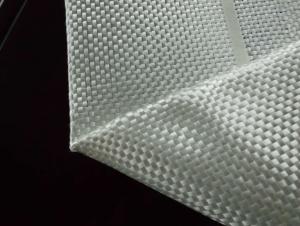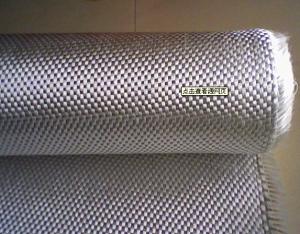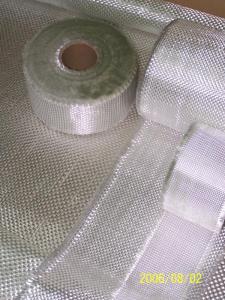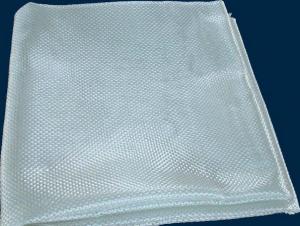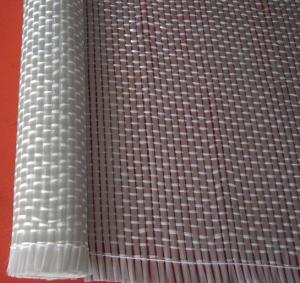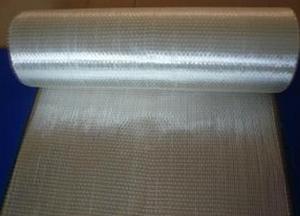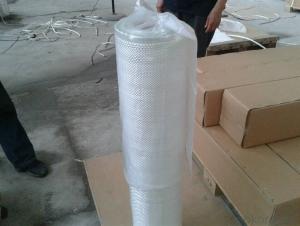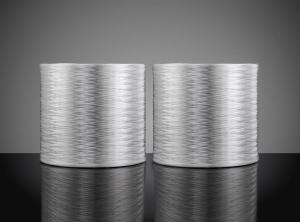Fiberglass Roving
Fiberglass Roving Related Searches
Direct Roving Fiberglass Owens Corning Fiberglass Roving Fiberglass Woven Fiberglass Woven Roving Combo Mat Fiberglass Roof Philippines Fiberglass Patio Roof Fiberglass Roofing Tissue Fiberglass Roll Insulation Fiberglass Woven Fabric Fiberglass Fabric Fiberglass Thermal Insulation Fiberglass Cloth Roll Woven Fibreglass Fiberglass Filament Winding Machine Fibreglass Fabric Fiberglass Yarn Car Fiberglass Fibreglass Pipes Fiberglass Pipe Repair Roll Of Fiberglass Cloth Fiberglass Drywall Resin Fiberglass Fiberglass Resin Fiberglass Sheets For Roofing Fiberglass Panels For Roofing Fiberglass Roll Up Garage Doors Chopped Fiberglass Fiberglass Distributors Fibreglass Resin Fiberglass PropertiesFiberglass Roving Supplier & Manufacturer from China
Fiberglass Roving, a type of reinforcing material, is made from glass fibers that have been twisted together to form a yarn-like structure. This material is known for its high strength, lightweight, and corrosion resistance, making it an ideal choice for various industries. The product is widely used in applications such as construction, marine, automotive, and aerospace, where its ability to enhance the strength and durability of composite materials is highly valued. Okorder.com, as a leading wholesale supplier, offers a vast inventory of Fiberglass Roving to cater to the diverse needs of customers across different sectors. With their extensive range and competitive pricing, Okorder.com ensures that customers have access to high-quality Fiberglass Roving for their specific projects and applications.Hot Products
